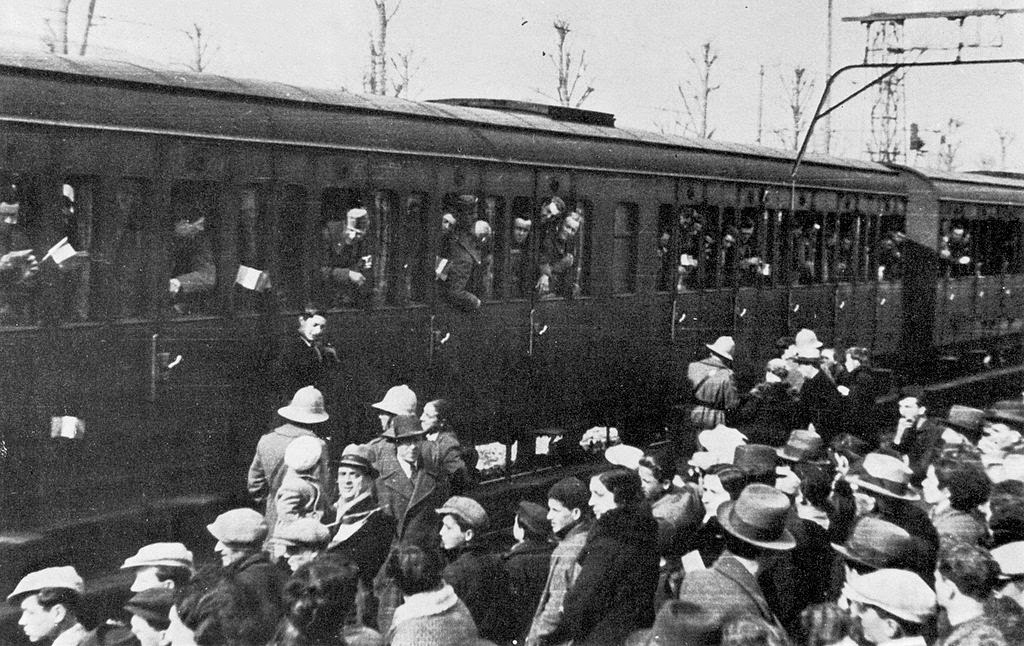The Ethiopia Campaign
The Ethiopia Campaign On October 3, 1935, “Italy attacked Ethiopia without a declaration of war” in a battle known as the De Bono Offensive (Source).… Read More »The Ethiopia Campaign
The Ethiopia Campaign On October 3, 1935, “Italy attacked Ethiopia without a declaration of war” in a battle known as the De Bono Offensive (Source).… Read More »The Ethiopia Campaign
